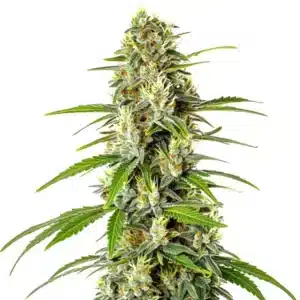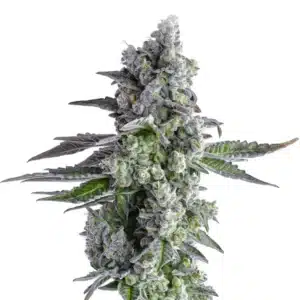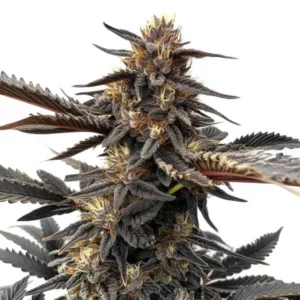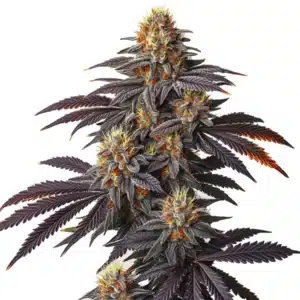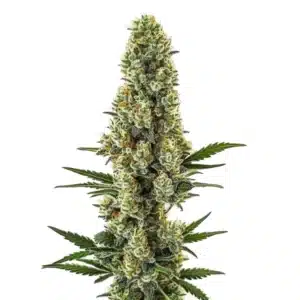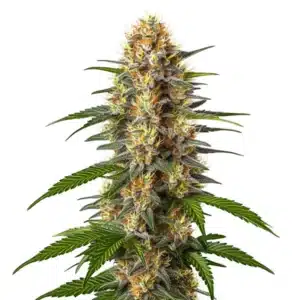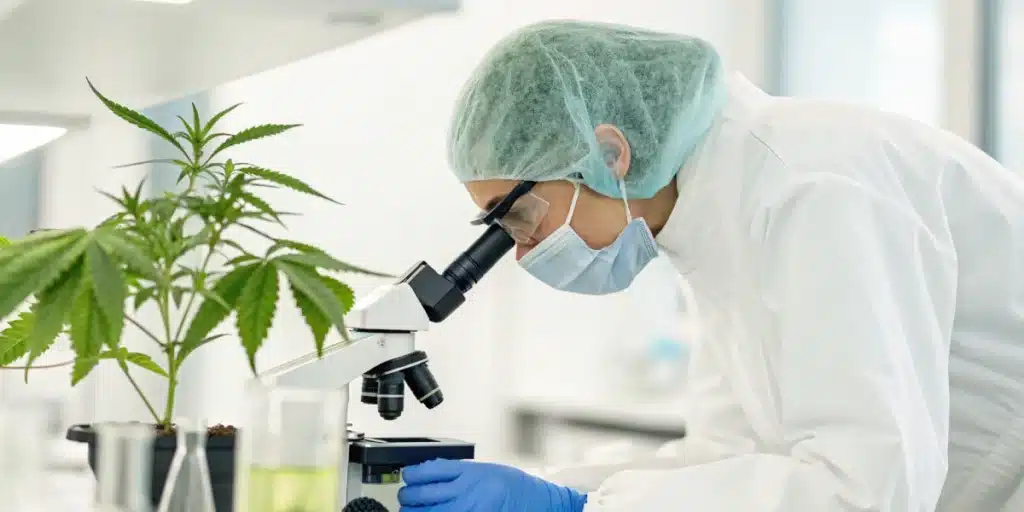
Cannabis in Leukemia Treatment: A New Perspective Today
Modern Cancer and Natural Cannabinoids
Researchers now study natural substances to help fight cancer. Cannabinoids from cannabis show promise in cancer care. Recent studies suggest that these compounds can slow the growth of cancer cells and ease side effects. Scientists combine natural molecules with standard treatments to boost results. This active approach gives patients renewed hope and may improve their overall health.
Promos & Deals
A Brief History and Ongoing Research on Cannabis and Cancer
People have used cannabis for medicine for thousands of years. Ancient healers used it to relieve pain and improve well-being. Today, modern science isolates specific cannabinoids for study. Researchers test these compounds in the lab and in animal models. They run clinical trials that mix cannabis with conventional therapies. These studies aim to cut side effects and boost treatment effects.
Recommended Strains
Badazz Cheese
|
|
THC | 15% - 20% (Medium) |
|
|
Type | Feminized |
|
|
Yield | High |
|
|
Phenotype | 80% Indica / 20% Sativa |
Blueberry Badazz
|
|
THC | 19% - 24% (Medium) |
|
|
Type | Feminized |
|
|
Yield | Medium |
|
|
Phenotype | 80% Indica / 20% Sativa |
Recent work in molecular biology and pharmacology has clarified how cannabis compounds affect cancer cells. Scientists now design trials to compare standard treatments with combined therapies. This research promises to offer better care and improved patient outcomes.
How Cannabis Helps in Leukemia Treatment
Cannabinoids can attach to receptors on leukemia cells and change cell signals. Lab tests show that these chemicals trigger cancer cell death and stop cells from multiplying. Researchers also report that cannabinoids can block the signals that help cancer cells survive. When combined with chemotherapy, cannabinoids can increase cancer cell sensitivity and lower side effects. This method improves treatment results while using lower doses of toxic drugs.
Benefits and Safety of Cannabis in Leukemia Treatment
Many patients experience less nausea, better appetite, and reduced pain when they add cannabis to their treatment. Patients report that they feel more energetic and maintain their treatment schedules more easily. Doctors report fewer interruptions in care and improved mood among patients.
Studies show that cannabis works well when its dose is carefully controlled. Most patients feel only mild effects like dry mouth or light dizziness. Medical teams adjust the dose to suit each patient. Regular check-ups help keep risks low while maximizing benefits.

Clinical Evidence and Research Findings
Preclinical studies reveal that cannabinoids slow tumor growth and kill leukemia cells. Experiments in labs and animals support the idea that combining cannabis with standard drugs boosts treatment effectiveness. Early clinical trials also show that patients have fewer side effects and better quality of life. More trials will soon help refine the right doses and treatment schedules. Researchers continue to gather data that supports the safe use of cannabis in leukemia treatment.
Real Patient Experiences and Integrative Approaches
Patients often share stories about how cannabis improves their daily lives during treatment. Many say that cannabis reduces pain and nausea and helps them eat more easily. These personal accounts, supported by observational studies, show that patients feel better overall. Doctors now include cannabis as part of a wider treatment plan. This active strategy helps patients manage side effects while maintaining the benefits of standard treatments.
Innovative Research and Future Directions
Scientists work hard to combine cannabis with targeted drugs. Early results show that these combinations can overcome resistance in leukemia cells. Researchers use high-throughput screening and advanced imaging to find the best mixtures and doses. They design clinical trials that test both natural and synthetic cannabinoids. Future treatments may use these combinations to offer safer, more effective care for patients.
Practical Considerations for Patients
Patients who consider using cannabis should talk with their healthcare providers. A doctor can start with a low dose and then adjust it based on the patient’s response. Medical professionals monitor the treatment closely to avoid interference with chemotherapy. Patients should choose high-quality cannabis products and follow evidence-based recommendations. With careful planning, cannabis can boost comfort and support overall well-being during treatment.
Additional Critical Insights on Cannabis in Leukemia Treatment
Recent work has shown that cannabinoids affect cancer cells in many ways. These compounds change immune responses and alter cancer cell metabolism. Scientists use advanced tools to measure these effects in real time. Such detailed studies help researchers set precise dosing and timing. Ongoing research builds a strong case for adding cannabis to cancer treatment plans. The growing body of data brings hope for better results and improved quality of life.

FAQs about cannabis in leukemia treatment
What benefits does cannabis in leukemia treatment provide?
Cannabis may reduce side effects such as nausea and pain, improve appetite, and boost overall quality of life. Many patients report better tolerance for chemotherapy and feel more positive during treatment. These improvements help patients stick to their treatment plans and support their recovery.
Are there any risks associated with using cannabis in leukemia treatment?
Cannabis is usually well tolerated when used correctly. Some patients may feel dry mouth, dizziness, or fatigue. Doctors monitor for any drug interactions and adjust doses as needed. With proper supervision, patients can use cannabis safely alongside conventional treatments.
How is the optimal dose of cannabis in leukemia treatment determined?
Doctors start with a low dose and gradually increase it based on each patient’s response. They monitor side effects and treatment results closely. This careful, personalized method helps patients get the best benefits from cannabis while keeping risks low.


